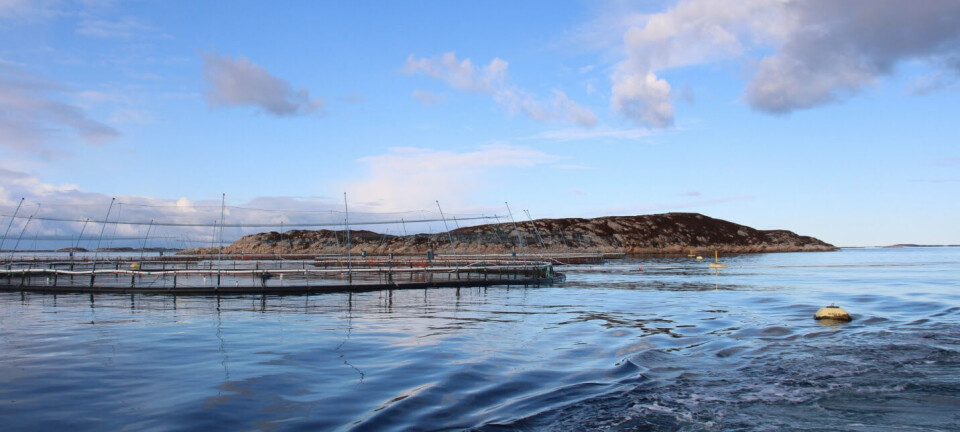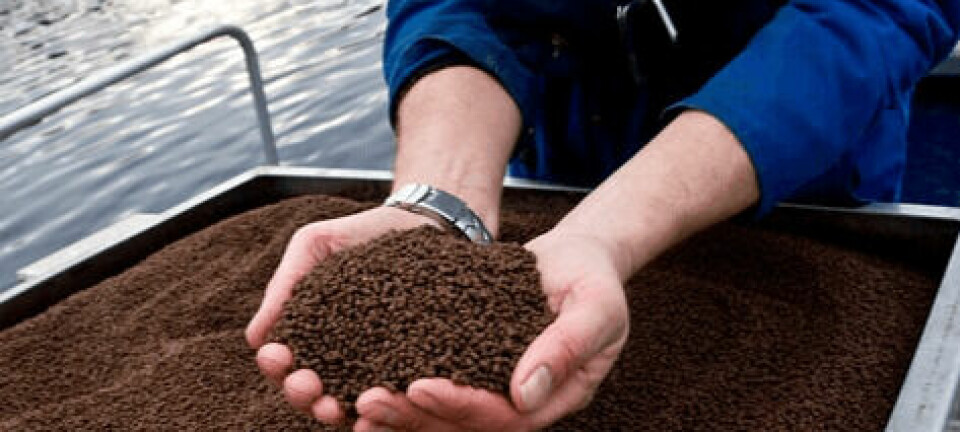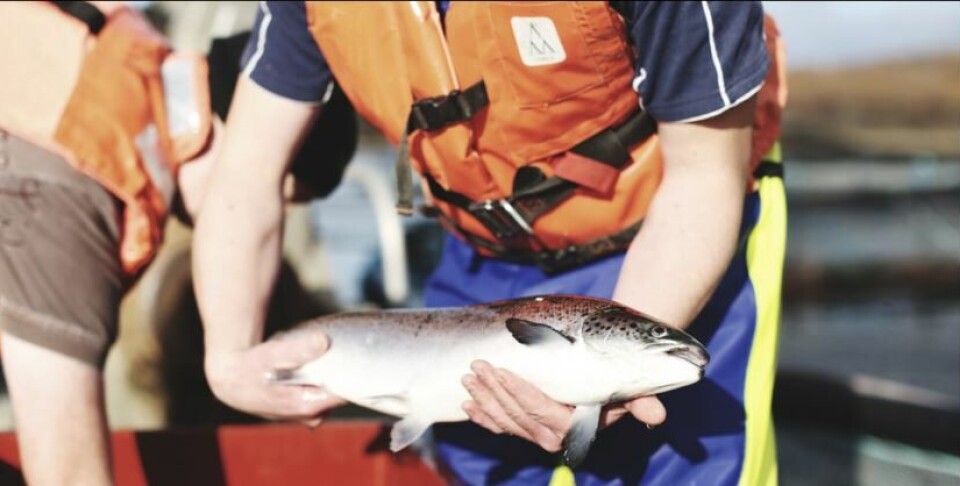
Scottish Sea Farms earns for more for less in Q4
Scottish Sea Farms earned more money from fewer fish in the fourth quarter of 2018 compared to the same period in 2017, co-owner SalMar reported today.
SSF – owned equally by SalMar and fellow Norwegian salmon farmer Lerøy - generated gross operating revenues of NOK 511.8 million in Q4 2018 (Q4: 2017 NOK 485m), with the increase driven by higher spot prices.
In its Q4 2018 report, SalMar said SSF harvested 6,700 tonnes, which is 1,400 tonnes less than in the previous quarter and 600 tonnes less than in Q4 2017. In 2018 as a whole, the company harvested 27,500 tonnes, which is 3,500 tonnes less than the year before.
Good price achievement
SSF’s underlying operations in the quarter were good, resulting in high average harvest weights, good price achievement and reduced costs. Contract sales accounted for 45% of the quarter’s volume.
EBIT per kg gutted weight came to NOK 23.70 (Q4 2017: NOK 16.00).
SSF harvested a total of 27,500 tonnes in 2018, slightly more than was expected at the close of the third quarter. It expects to harvest 30,000 tonnes this year.
EBIT per kg for the year as a whole totalled NOK 24.06.
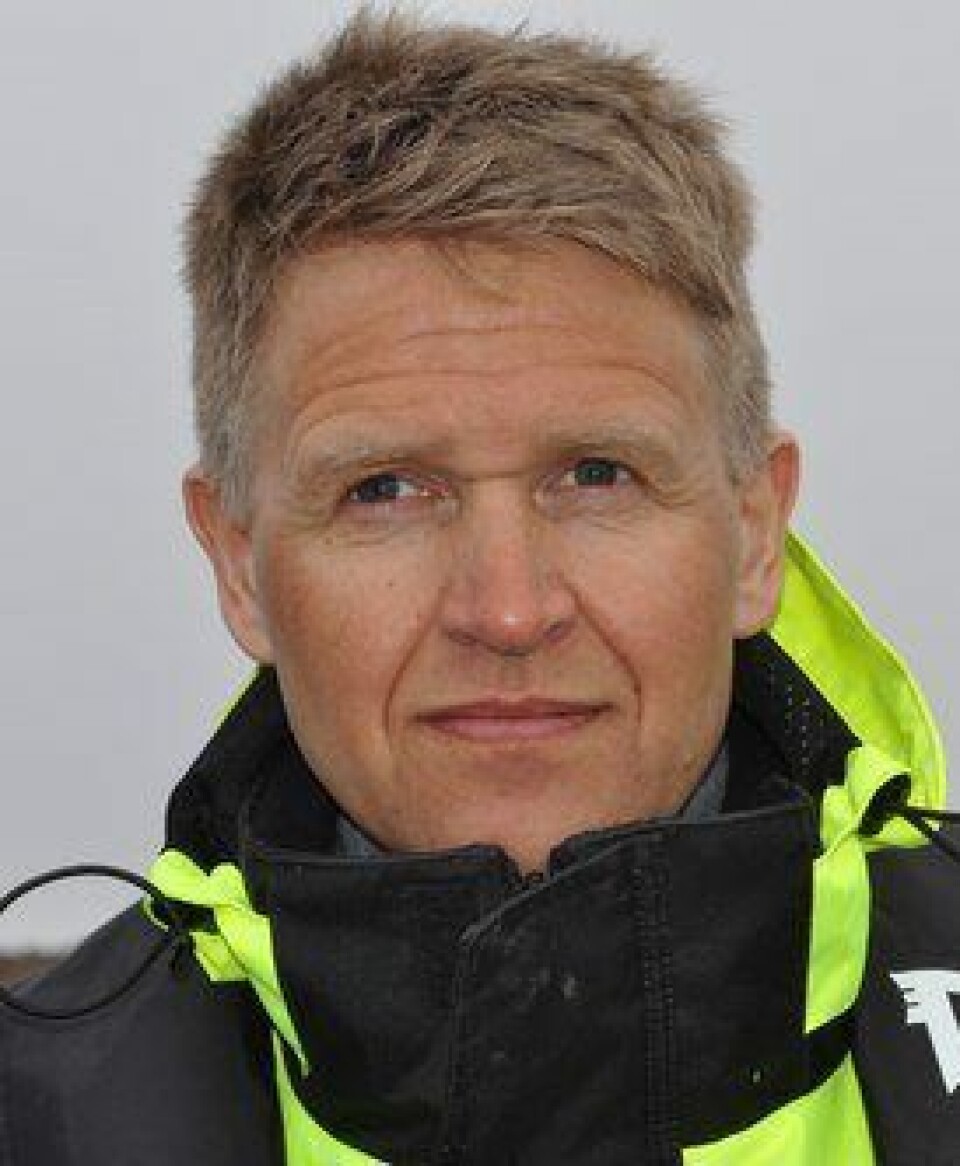
Record-high fourth quarter
SalMar itself delivered a record-high fourth-quarter harvest volume of 40,500 tonnes (Q4 2017: 39,900 tonnes).
Operating profit (EBIT) for the quarter was NOK 934.9m (NOK 707.2m).
This has contributed to 2018 becoming a record year for the SalMar Group with a turnover of more than NOK 11.3 billion and an operational operating profit of almost NOK 3.5 billion.
Total operating revenues totalled NOK 3.1 billion in Q4, up from NOK 2.8 billion in Q4 2017.
Operating profit per kilo was NOK 23.11 in the quarter, up NOK 5.41 per kilo from the corresponding period last year.
The strong development is driven by volume growth and cost reductions from improved operational operations, the company said.
“Good operations from all our business areas, strong demand and record-high harvest volumes have contributed to another satisfactory quarter for the SalMar Group,” the company stated.
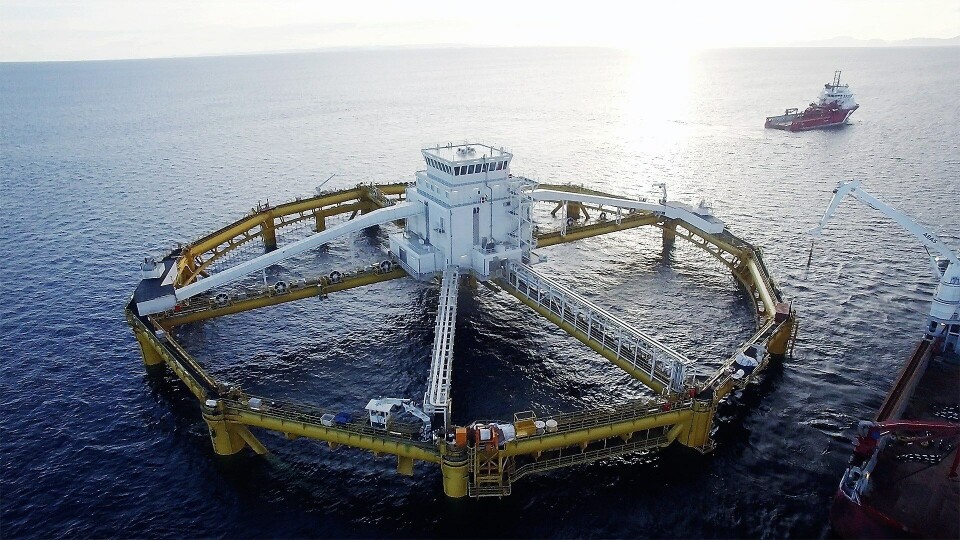
Ocean Farm 1
The first generation from Ocean Farm 1 was also harvested in the quarter.
“The project's biological results have been good and strengthened our confidence in fish farming further out to sea,” said chief executive Olav-Andreas Ervik. “Our operations must be on the salmon’s terms and not on the equipment’s limitations. By continuing to invest in the entire supply chain, as well as further developing our ocean farming strategy, SalMar is building a strong platform for sustainable development and further growth.”
SalMar expects to harvest 145,000 tonnes in Norway in 2019: 95,000 tonnes in the Central Norway segment and 50,000 tonnes in the Northern Norway segment.
As well as the 30,000 Scottish Sea Farms expects to harvest, Icelandic salmon farmer Arnarlax, in which SalMar now has a majority shareholding, is expected to harvest 10,000 tonnes.


























